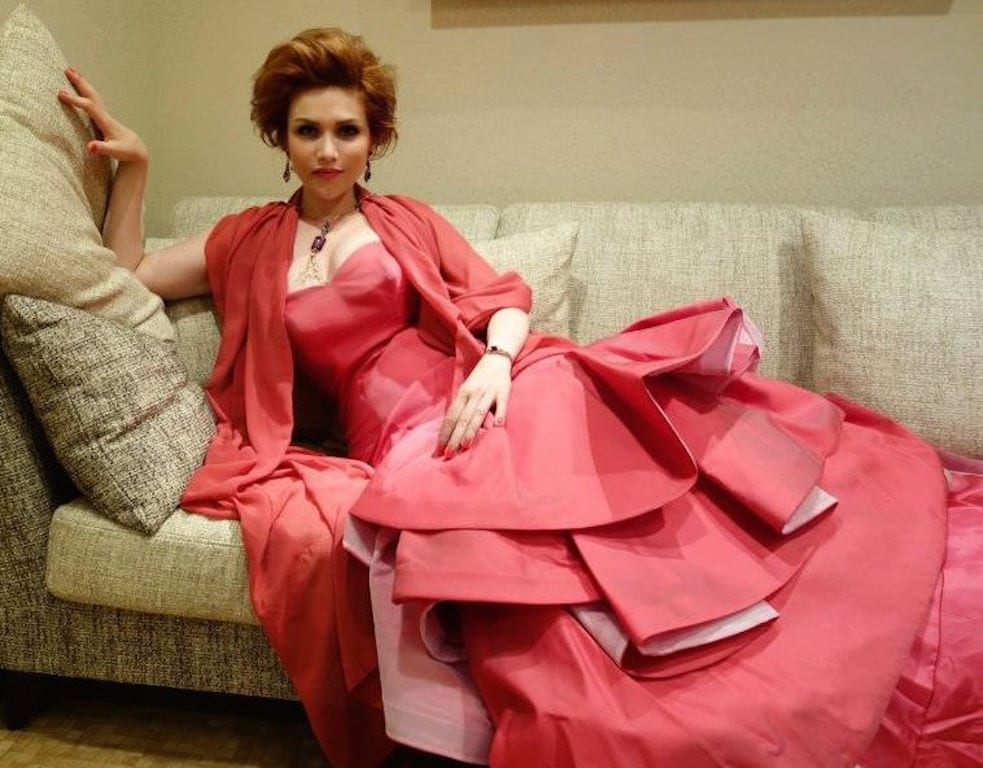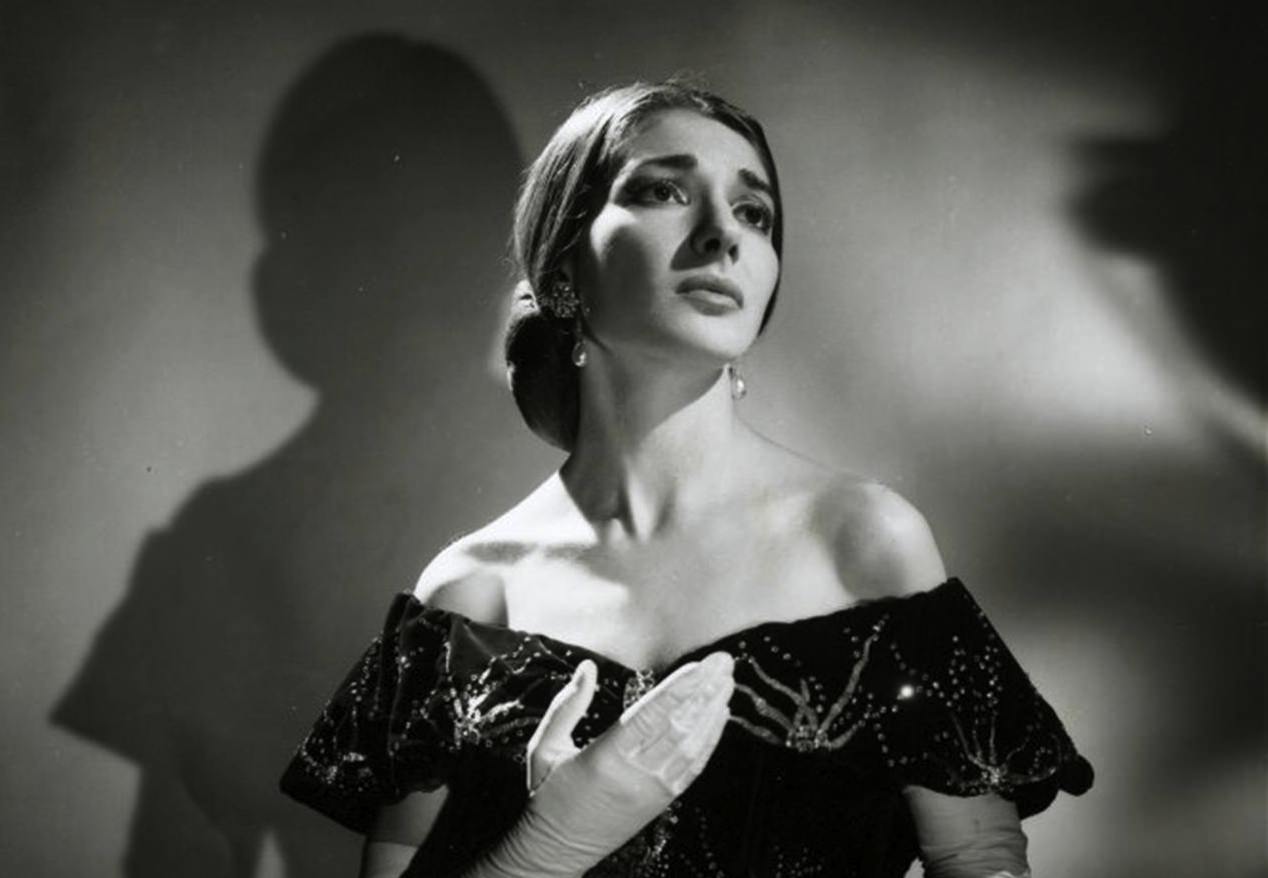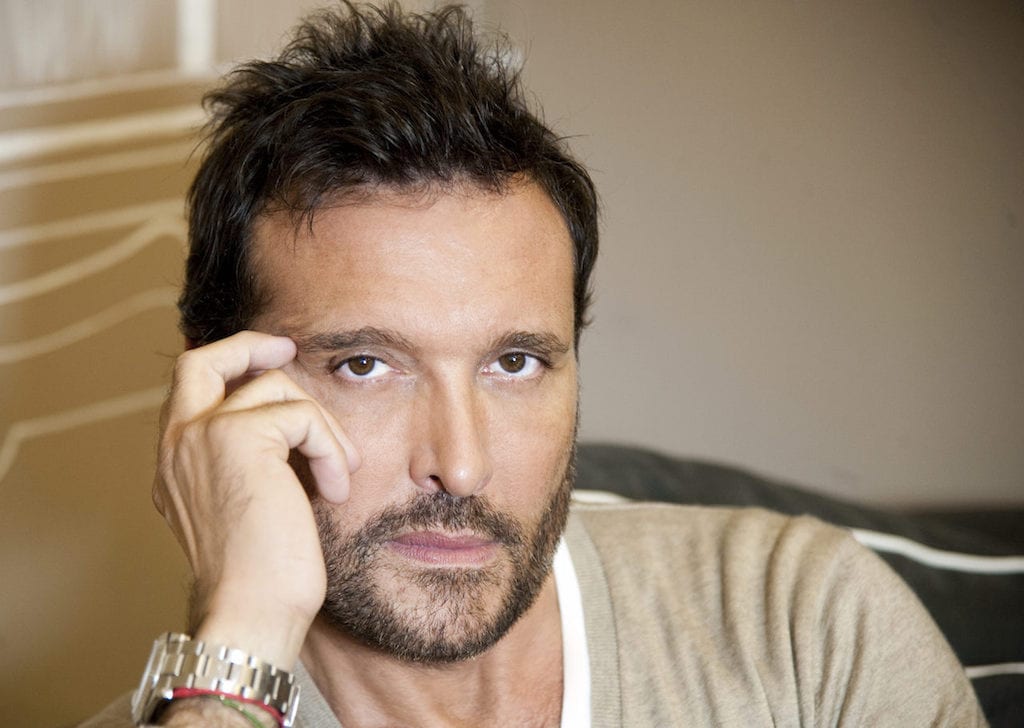Antonio Riva, an Italian fashion designer from Milano, currently focuses on wedding dresses, but his passion for elegance, beauty and opera draws his dreams and aspirations to designing costume for opera. He wants to see the Choir in an opera and oratorio, dressed in a fashion befits the glamour of Opera House.
He studied Architecture, moved to USA and where he indulged in his passion, designing dresses that reflect purity and perfection.
RJ: What was it that attracted you, a young architect, to design white wedding dresses?
AR: I don’t know. When I was a child, I always used to draw wedding dresses. For me, white is the best colour; black and white. I use white for bridal gowns because to me it represents purity, lightness, and also the construction of the dress; white dresses are not so easily designed.
RJ: So why did you study architecture?
AR: Because I love it.
RJ: Do you see any connection between buildings and clothes?
AR: Yes. For me, my studies [as an architect] are very important for my job, because my dresses are very three-dimensional and they are built like buildings. So the things I make represent how I feel and how I think; the way I build a wedding dress is connected to the way you create a building – they are both constructed from the inside and outside.
RJ: Are white dresses more difficult to design?
AR: Yes, white dresses are very different, for me. Because with white dresses, all the lines and fitting must be perfect, because light shines more on white. So first you have to choose which white you want, the texture, and also the shade of white; and also because the white dress represents perfection, so everything has to be perfect. The architecture of the dress is pushed forward because of the white; everything at a wedding is focused on the bride, so the dress has to be perfect, and white represents the ultimate perfection.
RJ: What does the word ‘fashion’ mean to you?
AR: It’s my life. I love elegance.
RJ: Do you think that a fashion show is just another theatre performance, but one with social aspirations?
AR: A fashion show is theatre; it is like an opera. There is something you have to show, in just a few minutes, for people to dream and feel. But the real fashion is not the fashion show; the show is just used to exaggerate something you want to use in daily life. Maybe it is different for me because bridal fashion shows are focused on the brides; so the dresses are the ones we sell, that every bride can try on. We are all acting every day, all the time, when we go to work or go to dinner, when we choose our clothes. But there is less in a bridal show than in a real fashion show; the dresses that you see on the catwalk are the dresses that we make for real brides who come to our atelier. So it is similar because everyone is acting, but it is not so exaggerated.
RJ: You design clothes for an exclusive small audience; is it just for the rich, who can afford it, or do you think you inspire other designers?
AR: It’s not just for the rich, absolutely not; maybe just because it is so elegant, but even if it seems expensive, I don’t just do that. I try to open the stage to a wider audience. The sizes, the prices, what everyone likes is different. The dresses I present each season are just inspiration; those who want exactly that dress can buy it during the fashion show, but often others take the dress and are inspired by it and personalise it. As you see in Carmen’s dress, it is a traditional bridal dress but in a different colour; it’s a particular, sophisticated style, which is not so present in Italy. I am maybe the only one who makes it.

RJ: In your designs, it seems to me that you really want to make the bride centre stage. Is this your aim?
AR: Yes. The bride is centre stage and the wedding gown must reflect it; it’s the most important day of her life.
RJ: What about the groom? What about the man?
AR: It is the woman who is important on the wedding day, the wedding dress and everything focuses on her. The men are not unimportant, but it’s different. All the women who come to our atelier decide on the groom’s suit as well – they control everything!
RJ: If we can compare a bride to a building, what part of the building would the wedding dress be?
AR: It depends on the bride. I guess the top of the building, the dome.
RJ: You design for some actors and singers. Does she tell you what she wants, or do you advise her?
AR: It’s down to the personality – whoever needs the dress, they ask. You have to know what she does, what she loves, and the physical aspect; she will tell you what she wants and how she wants to be seen on that occasion. She tells me about herself, and I try to understand how she wants to look. It’s a sort of partnership, a relationship, with the stylist and the personality. And this happens with everyone – with a celebrity, or any bride who comes to the studio. I try to understand the person in front of me and what she wants. It’s something really natural, like a friendship; we have to feel the same thing, in the same moment. It’s not a request: ‘I want a black dress’, or ‘a long dress’, or ‘a sexy dress.’
RJ: So when you look at an opera singer like Carmen Giannattasio, for instance, do you watch her performances?
AR: Yes. I observe how she acts, how she moves on stage, how she sings – because the dress has to be comfortable, especially for Carmen, to sing in. Everyone who wants one of my dresses starts a friendship forever. In Italy, I dressed many beautiful Italian actresses, but the key is communication. They are artists; we are artists.
RJ: Would you say that some actors need a great deal more decoration in their clothing because there is little drama in their facial expressions or movements?
AR: Yes. Carmen Giannattasio has a beautiful face, full of expression, so she doesn’t need much. It is architectural, because I think in architecture, the focus points are important. I like to focus on the person I dress. Usually my dresses are very plain on top.

RJ: How have theatre and opera influenced your designs?
AR: I take inspiration from opera; I have many books on opera; the detail, the materials – I use a lot of silk, Mikado silk, damask. The strong, rigid materials for the construction of costumes are inspirational.
RJ: How present is a sense of the dramatic in your design?
AR: I make dramatic dresses, but not because I want to inspire drama in other people; my dresses are dramatic because they have drama inside, but not because I want to communicate drama. It’s a sort of sophistication, maybe from my architectural studies. Also because they are not so heavy or difficult to wear; like the opera, you have the movement, the construction, the study, everything is logical and perfect and this can generate a sense of drama in other people.
RJ: You are well known for your bridal designs, and a wedding is certainly a theatrical event. Would you say that contemporary wedding dress reflect the social changes behind the traditional ceremony?
AR: It’s true, modern bridal dresses are sexier, not as covered as they once were. But in Italy, especially, or in Japan, the traditions are important. Brides are still covered, and I also have a classical vision – if a bride wants to be sexy, she can change dress after the church service, so I could design the dress for the church service and another one for afterwards, if she prefers. There are so many brides, or actresses, that are sexier every day, and they decide on a classical, traditional dress for their wedding day, because it’s different, it’s a special day; and they want it to be really classy and really elegant. In Italy, we are re-discovering the elegance of less.
RJ: You are the best-selling wedding dress designer in Japan. To be popular in a particular country, do you spend a great deal of time studying the culture, or do they come to you because they think your design captures their culture?
AR: We didn’t decide to go to Japan to find out if there was a new market for us; they decided to come to us. Maybe because I am presenting the way they feel as a bride; and because the Japanese care about quality. They love the way I think about dresses, the style, they keep looking for us. They don’t want to change the dresses: when they see the collection, they want that exact style, which is really easy for me in a sense. They are really focused on the quality; they love the style and quality. This maybe is the comparison between Italy and Japan, they both love the style and quality. The brand represents style and quality; in Italy, both for bridal and haute couture, the brand represents a certain level of style and a certain level of quality. In the US, they care less about quality – they want something ready to wear, they want to change, they want it cheaper. Customisation is important in Italy, because each pride wants a dress tailored to perfection; in the United States, they want ready to wear dresses; fast clothes like fast food.
Antonio is keen to emphasis that his work is not just for the rich and famous, yet one cannot escape the simple fact, that quality costs. He approaches his clients with the same respect, yet when designing for a singer or a performer, he is working with an artist, it is easier to understand what an artist wants, they have a clearer idea than others, who come to him for ideas.
AR : …with artists there is synergy, a collaboration. The focus is different, because these are dresses to wear on stage; it’s a combination of many things. For example, with Carmen, I suggested many designs, but in the end we were talking and the idea exploded; what we really thought from the beginning came to the front. She was trying a dress and made a movement, and it triggered an idea. With normal people, it’s different, it doesn’t happen so often. The thing that makes Carmen take off a dress – a normal person would never do it, in front of the fashion designer, because they would be embarrassed.
RJ: Is there a star you would have loved to dress?
AR: Maria Callas, for sure. She was very charming, very representative with her style.
RJ: What style would that be?
AR: Maybe something modern.

Thank you, Antonio.
Transcribed by Nicola Watkinson

